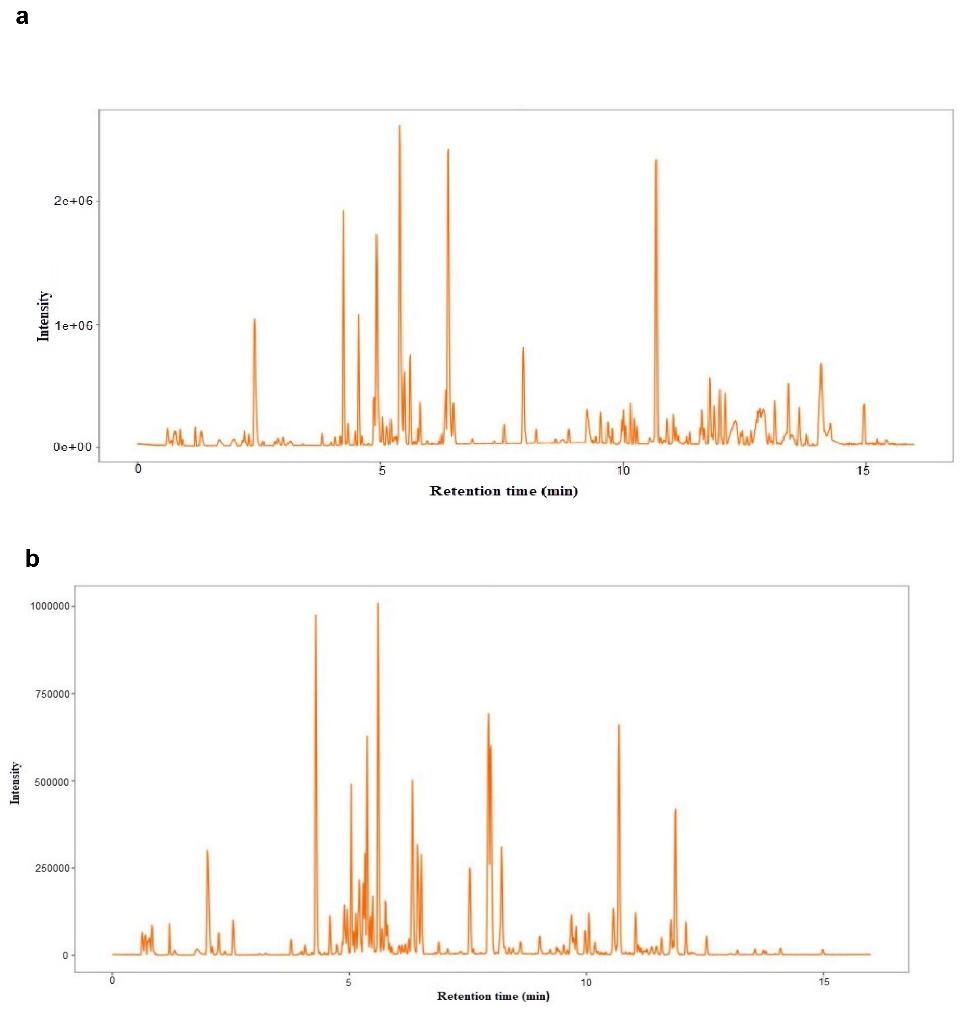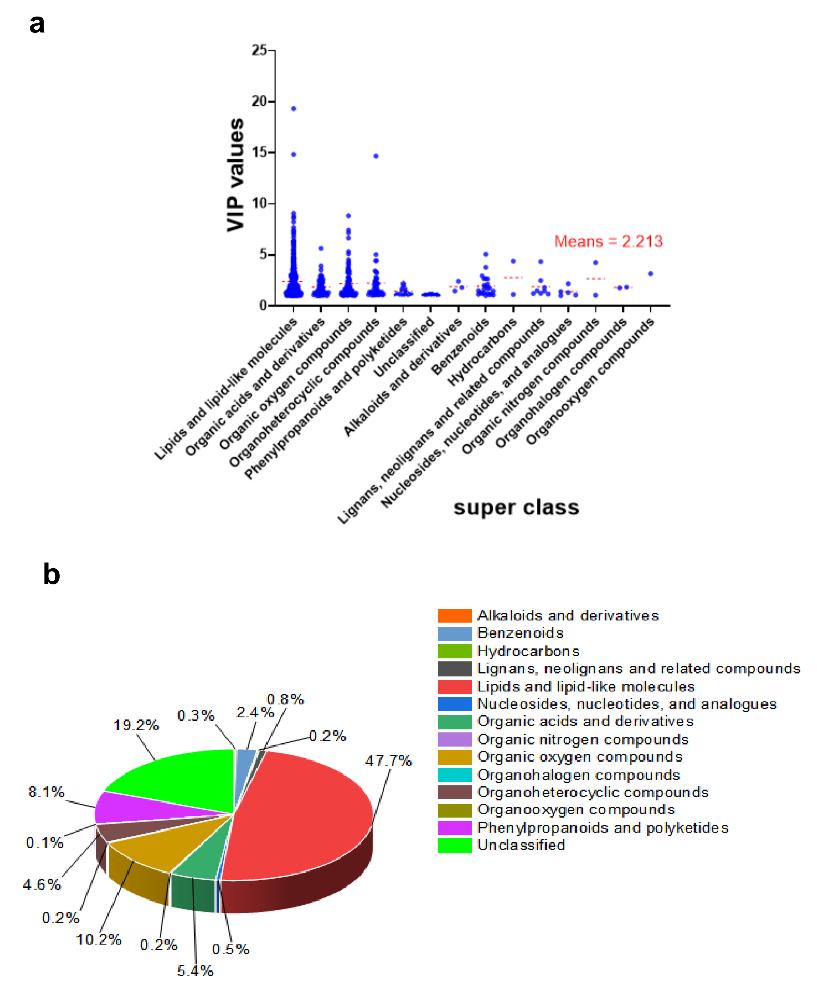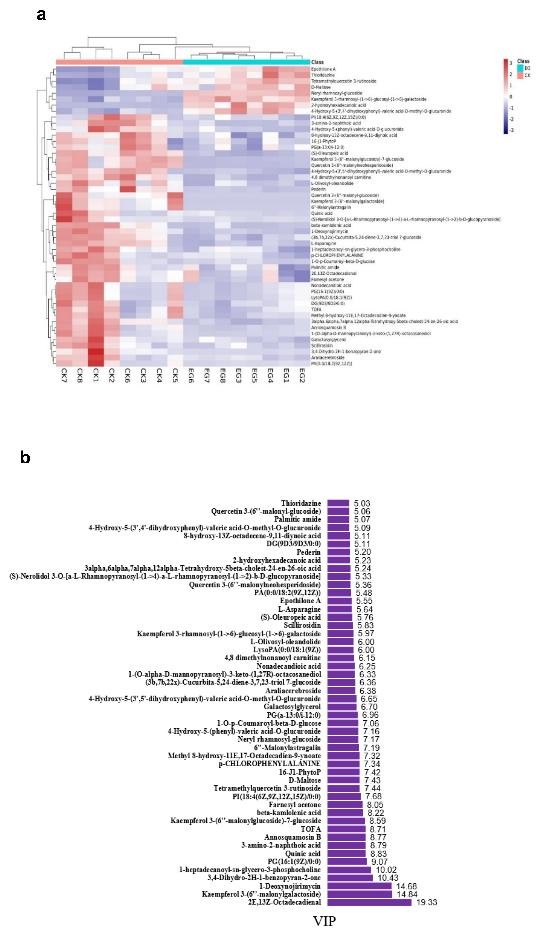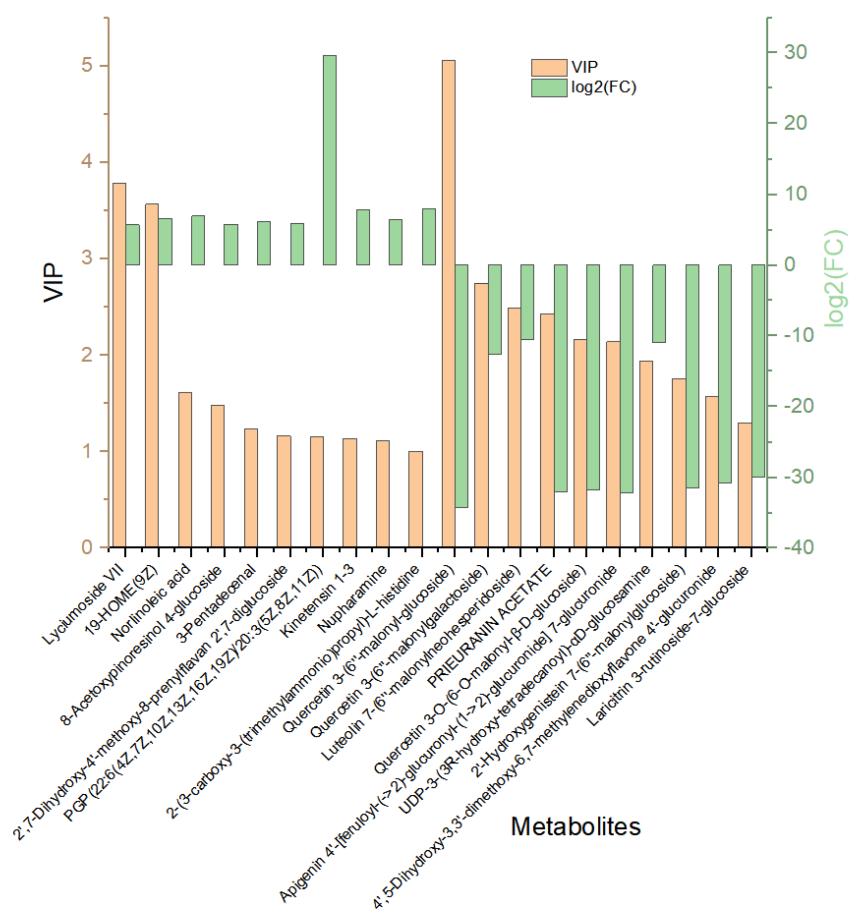What is Morus alba?
The Morus alba, is often referred to simply as white mulberry. It is known not only for its sweet and juicy mulberry, but also for its rich nutritional value and potential medicinal properties.
In order to explore the mysteries of white mulberry more deeply, we provide specialized white mulberry metabolomics analysis services. The chemical composition and metabolic activities of white mulberry have been explored in a complex manner using modern science and technology. Its goal is to reveal the ecological and health potential of white mulberry and to lay a solid foundation for research in various fields.
Whether you are involved in food and nutrition research, plant ecology, drug development, or interested in agricultural improvement and ecological restoration, our white mulberry metabolomics analysis program provides valuable data and insights. From nutritional value to medicinal properties, from quality control to ecological studies, we are committed to meeting diverse research needs. Whether you are a researcher, agricultural specialist, pharmacist, or simply fascinated by this fascinating plant, our services are designed to meet your requirements and help you discover more in the world of white mulberry.
Specific Morus alba Analysis Projects by Creative Proteomics
Nutritional Profiling: Metabolomics analysis helps identify and quantify essential nutrients in white mulberry, including sugars, amino acids, vitamins, and minerals, for understanding its nutritional value.
Phytochemical Characterization: Comprehensive profiling of bioactive compounds, such as flavonoids, phenolic acids, and stilbenes, aids in the discovery of phytochemicals with potential health benefits.
Stress Responses: Investigating how white mulberry responds to environmental stressors, such as drought and pathogen attacks, through metabolomics, facilitating the development of resilience-enhancing strategies.
Medicinal Applications: Identifying and quantifying metabolites associated with white mulberry's traditional medicinal uses, particularly in blood sugar management, for the development of herbal remedies and pharmaceuticals.
Quality Control: Ensuring the consistency and authenticity of white mulberry products, such as herbal extracts, teas, and dietary supplements, through metabolomics-based quality control.
Dietary and Functional Food Development: Guiding the formulation of functional foods and beverages enriched with white mulberry extracts using metabolomics to optimize bioactive compound levels.
Growth and Development Studies: Investigating metabolic changes during white mulberry's growth and development processes to improve agricultural practices and crop quality.
Plant Ecology: Exploring white mulberry's role in various ecosystems and its interactions with other plants and organisms through metabolomics-based ecological studies.
Antioxidant Properties: Assessing the content of antioxidant compounds in white mulberry to support the development of antioxidant-rich health products.
Drug Interaction Research: Understanding how drugs interact with white mulberry components through metabolomics, predicting potential drug interactions and side effects.
Genetic Studies: Revealing how genetic variations influence white mulberry's metabolism by comparing different varieties or strains.
Environmental Monitoring: Using white mulberry for ecological remediation in polluted soil and water, with metabolomics aiding in monitoring its response and pollutant transformation.
Morus alba Metabolomics Analysis Techniques
Liquid Chromatography-Mass Spectrometry (LC-MS): We employ LC-MS for the separation and characterization of complex metabolite mixtures in white mulberry. Our instrument of choice includes the Thermo Scientific™ Q Exactive™ Hybrid Quadrupole-Orbitrap Mass Spectrometer for its exceptional resolution and sensitivity.
Gas Chromatography-Mass Spectrometry (GC-MS): For the analysis of volatile and thermally stable compounds, such as certain secondary metabolites, we utilize GC-MS. Our preferred GC-MS system is the Agilent 7890A GC coupled with the Agilent 5975C Mass Selective Detector, known for its accuracy and robust performance.
Tandem Mass Spectrometry (MS/MS): To gain deeper insights into the structure and fragmentation patterns of metabolites, we employ MS/MS techniques. Our instrument choice includes the Waters Xevo TQ-S triple quadrupole mass spectrometer, enabling targeted quantification and structural elucidation.
High-Resolution Mass Spectrometry (HRMS): HRMS, such as the Bruker maXis II ETD QTOF Mass Spectrometer, is utilized for precise mass measurements, facilitating the identification of unknown metabolites and accurate quantification.
 Workflow for Metabolomics Service
Workflow for Metabolomics Service
Sample Requirements for Morus alba Metabolomics
| Sample Type |
Sample Weight (g) |
Storage Conditions |
Additional Notes |
| Leaves |
10 |
-80°C |
Freshly harvested |
| Roots |
5 |
-80°C |
Washed and freeze-dried |
| Fruits |
20 |
-80°C |
Ripe fruits, peeled |
| Bark |
8 |
-80°C |
Outer bark, air-dried |
| Seeds |
2 |
-20°C |
Mature seeds |
| Stems |
15 |
-80°C |
Freshly harvested |
| Flowers |
6 |
-80°C |
Opened flowers, freeze-dried |
| Whole Plant |
50 |
-80°C |
Entire plant, at maturity |
Case. Metabolomic Analysis of Mulberry (Morus alba) Response to Drought Stress
Background
Drought stress poses a significant challenge to plant growth and crop yield. Understanding how plants, such as Morus alba (mulberry), respond to drought stress at the metabolomic level can provide insights into their adaptive mechanisms. This study aimed to investigate the metabolic changes in mulberry plants subjected to drought stress.
Samples
- Morus alba Yu-711 plants were used in the study.
- The plants were obtained from the National Mulberry Gene Bank in Jiangsu University of Science and Technology, China.
- They were grown in a controlled greenhouse environment with specific temperature, light, and humidity conditions.
Technological Methods
Drought Stress Treatment: Drought stress was induced by withholding water supply for 14 days, while a control group received regular watering.
Leaf Length Measurement: Leaf length was measured at different time points (1, 3, and 5 days) to assess plant responses to drought stress.
Relative Water Content Evaluation (RWC): RWC was determined to evaluate the impact of drought treatments on plant hydration.
Metabolite Extraction: Metabolites were extracted from plant samples using methanol and water.
Mass Spectrum Data Collection: LC-MS analysis was performed using an AB SCIEX 5600 TripleTOF System.
Data Filtering and Analysis: Progenesis QI software was used for data processing, and multivariate statistical analyses such as PCA and OPLS-DA were conducted to identify differentially expressed metabolites.
Pathway Analysis: Metabolic pathways were explored using KEGG databases to understand the functional implications of altered metabolites.
Results
Metabolomic analysis revealed significant changes in various metabolite classes in mulberry plants under drought stress.
Lipid classes, including total lipids, galactolipids, and phospholipids, generally decreased in stressed plants, while prenol lipids increased.
Organic oxygen compounds, such as carbohydrates, displayed dynamic changes, with both decreases and increases observed.
Amino acids, particularly branch chain amino acids, significantly decreased in content following drought stress.
Other metabolite classes, including benzenoids and organoheterocyclic compounds, also decreased significantly under water deficit.
Pathway analysis indicated the involvement of multiple metabolic pathways, including those related to membrane lipid biosynthesis, antioxidant secondary metabolites, and amino acid metabolism, in the plant's response to drought stress.
 Sample peaks and metabolites
Sample peaks and metabolites
 Classification of the differentially expressed metabolites and their variable importance in the projection (VIP) distribution in EG_CK in mulberry Yu-711 leaves.
Classification of the differentially expressed metabolites and their variable importance in the projection (VIP) distribution in EG_CK in mulberry Yu-711 leaves.
 Heat map of the top 50 differentially expressed metabolites in EG CK in mulberry Yu-711 leaves based on hierarchical clustering analysis.
Heat map of the top 50 differentially expressed metabolites in EG CK in mulberry Yu-711 leaves based on hierarchical clustering analysis.
 Bar graph of 20 differentially expressed metabolites in EG_CK in mulberry Yu-711 leaves.
Bar graph of 20 differentially expressed metabolites in EG_CK in mulberry Yu-711 leaves.
Reference
- Ackah, Michael, et al. "Metabolomics response to drought stress in Morus alba L. variety Yu-711." Plants 10.8 (2021): 1636.


 Workflow for Metabolomics Service
Workflow for Metabolomics Service Sample peaks and metabolites
Sample peaks and metabolites Classification of the differentially expressed metabolites and their variable importance in the projection (VIP) distribution in EG_CK in mulberry Yu-711 leaves.
Classification of the differentially expressed metabolites and their variable importance in the projection (VIP) distribution in EG_CK in mulberry Yu-711 leaves. Heat map of the top 50 differentially expressed metabolites in EG CK in mulberry Yu-711 leaves based on hierarchical clustering analysis.
Heat map of the top 50 differentially expressed metabolites in EG CK in mulberry Yu-711 leaves based on hierarchical clustering analysis. Bar graph of 20 differentially expressed metabolites in EG_CK in mulberry Yu-711 leaves.
Bar graph of 20 differentially expressed metabolites in EG_CK in mulberry Yu-711 leaves.